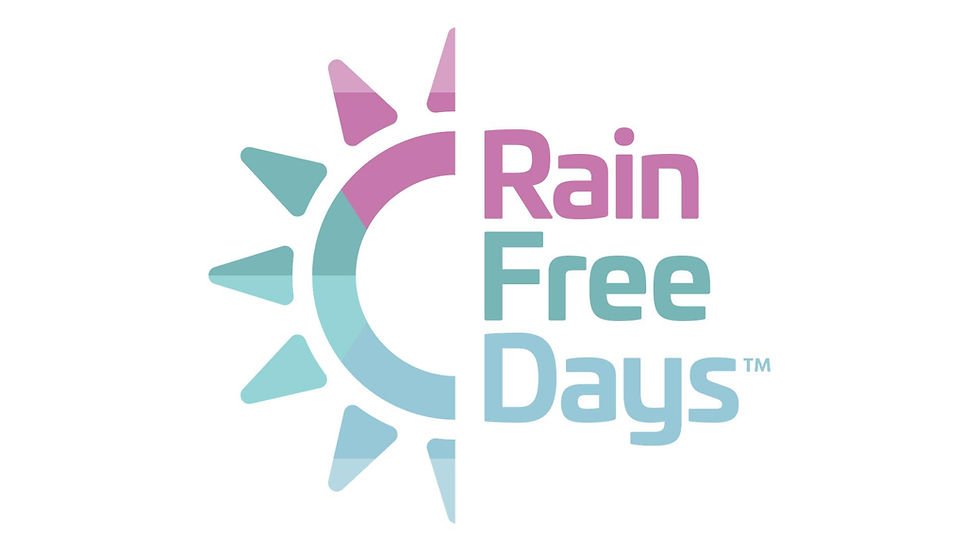It’s beginning to feel a lot like - time to tackle Christmas
- Cecilia Antonini
- Sep 29, 2022
- 5 min read

I’ll start with a confession – every year, once the summer holidays are out of the way, I start collecting contents for my kids’ Christmas stockings. What was once a slightly unusual forward-planning quirk now feels quite sensible, a good way to spread expenses amidst the cost of living crisis on everyone’s radar. It got me thinking about that entrenched stalwart of the fundraising calendar, the Christmas charity donation.
According to the CAF UK giving report 2022, around two thirds of people plan to cut back in the face of rising living costs this year, and around one in eight say this will include charitable donations. The report is based on findings from 2021 and some additional interviews in early 2022, so one can only assume that the figure is now much higher. With UK households paying dramatically higher prices to heat their homes this winter, and UK food price inflation now at its highest level since 2008, it’s hard to ignore the impact this crisis could have on Christmas income targets. Amidst this unsettling backdrop, one thing’s for sure: we need to keep going. With many services across all areas severely stretched, charities are playing a vital role. Society can’t manage without them and they can’t manage without their income from donations.
You’re probably already well aware of the key tenets of great fundraising - and our most recent UK audience poll confirmed their truth: we all feel most motivated to support a charity when we’re clear about how our donation will be used; and many people simply don’t trust charities to spend their donations wisely. Our findings point to the unremitting importance of transparency and trust for audiences.
All of this means that your Christmas campaign planning might need a little reset this year. So let’s concentrate on some really practical things to consider right now with five practical considerations to boost your Christmas campaign:
1. Start planning now if you haven’t already
Granted, some traditional channels necessitate early media bookings and longer creative lead times, but there’s still plenty of time to plan and implement a robust campaign, particularly on digital channels. In fact, the lockdown months taught us that down to earth campaigns planned without much ‘fluff’ and bureaucracy, based on the genuine organisational needs of the time, were the ones that really resonated with the public.
Call to book a meeting with us this month and we’ll help you plot out a course of action.
2. Rock-solid fundraising needs rock-solid fundraising creative
We all know that in amongst the planning and pressures on time and resource, creative execution doesn’t always get the attention it really needs. Particularly when there’s a substantial sign-off list. But weak creative is a good way to fall at the first hurdle; and to shine out in this hyper-competitive charity Christmas, your creative will really need to ‘sing’.
Our creative support packages help clients to maximise creative opportunities. We tailor our approach to meet your specific needs with a range of collaborative processes all designed to help you tighten up your creative.
3. Asking people to donate ‘just because it’s Christmas’ isn’t enough
Linked to step 2 is an extra point: Christmas doesn’t guarantee success, nor should it. We’ve all seen a fair few campaigns over the years that seem to ask for money simply because it’s Christmas, but we’ve already established that there are no guarantees this year and in any case, there’s no excuse for shirking the hard work of outlining a solid pitch when asking for support. Some causes have a natural Christmas proposition baked-in. If you work in an area where it’s not so obvious it might well mean working a bit harder to find that relevant proposition but it will be possible. It’s hard work that ultimately shouldn’t be avoided.
We can help you plot out your campaign ‘five dials’, a proposition framework that ensures all the thinking is in place so nothing is taken for granted; then if you need it, we can build a concept that brings it all to life.
4. Spend more time on targeting, testing and flexing
All too often Christmas campaigns can be a bit of a one-hit wonder. Testing is kept minimal and everyone keeps their fingers crossed that this campaign will beat last year’s results. But we’re long past the days where a great campaign ends with launching it and simply letting it do its own thing. Now, it needs proper ongoing TLC to keep it growing and reaching its full potential. Besides, such an important time of the year merits robust insight and learning as well as results. This is where digital channels really earn their stripes: they can stand up on their own terms but also act as supports to other offline channels. Social activity, display ads, web pages and motion/video content can all be updated very quickly, tailored to what the live data is telling us people are interested in. In doing so we can also truly build a pattern of understanding about year-on-year Christmas activity that resonates across different audiences.
Talk to us about how we can help you build in creative and values-based audience tests using our Social Media Labs approach. Establishing a new testing plan that you can build on every year.
5. Value more than just money
Although organisational missions and visions tend to be built on the premise that there’s more to life than money, that central principle can get rather lost in individual campaign goals when you need money to realise your ambitions. Fundraising campaigns are clearly going to have income generation as their central aim, but Christmas is a great opportunity to engage in conversations with audiences that go beyond the brief festive encounter, and weave in some wider brand purpose.
In our UK audience poll, volunteering followed closely behind donating as the most important thing individuals feel they can do to support causes they care about, and we know that younger audiences often find volunteering/participation an easier ask. This does point towards dual-ask campaigns, long since favoured by many local charities such as food banks. Allowing those who want to give a donation to do so, while also welcoming others who would rather support differently (typically with their time) does feel particularly relevant during a cost of living crisis. Value exchange lead generation is another alternative way to open the door to supporting and can be added to a suite of Christmas campaign activity.
We’ve got some great case study campaigns that demonstrate valuable engagement with (donation and non-donation) audiences, which harness the charity’s brand essence at its core. Talk to us if you want to find out more.
Helen Hamilton, Business Director, Connections Consultant




